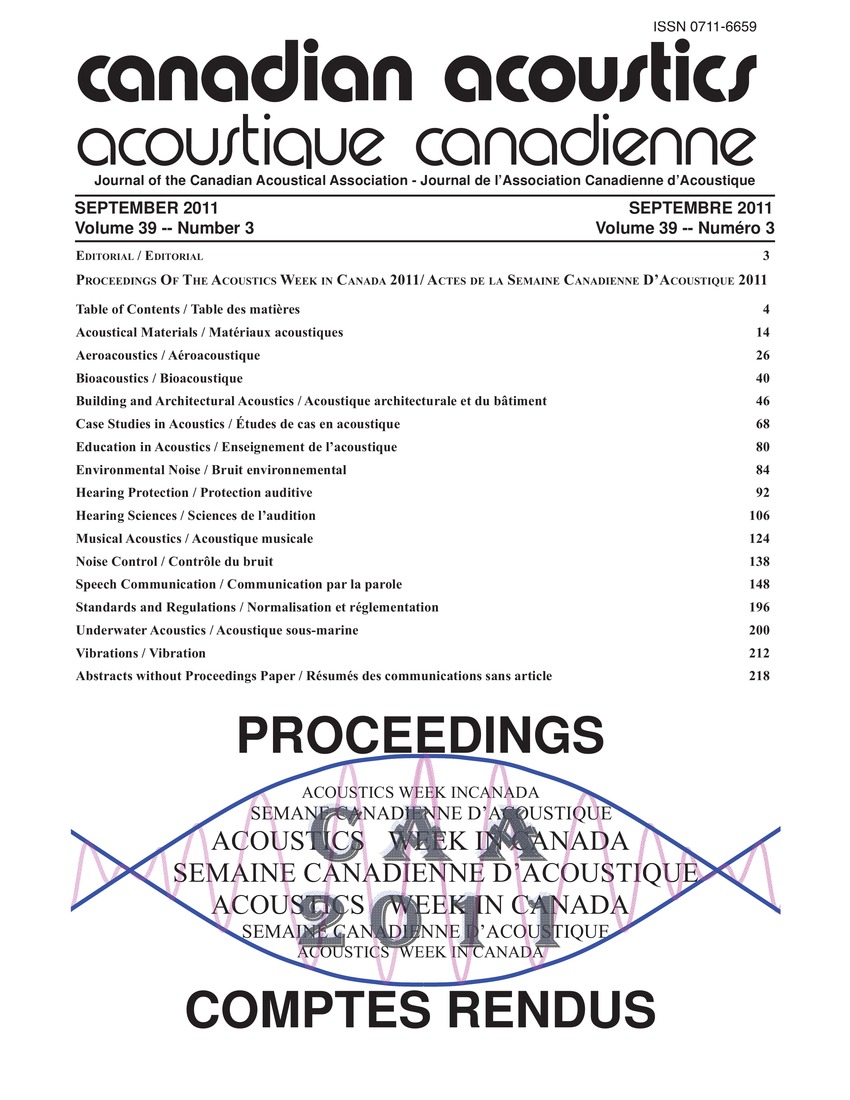Can i [F<sup>W</sup>]eed you some [F<sup>J</sup>]ood? The role of subphonemic cues in word recognition
Keywords:
Speech, Canadian english, Co-articulation, Female adults, Phonological processing, Real time, Spoken words, Target configurations, Vocal-tracts, Word recognitionAbstract
A study that was conducted to examine the role of subphonemic cues in word recognition is presented. Researchers agree that coarticulation is the result of the vocal tract producing gestures in 'real time' by transitioning instantaneously from one target configuration to the next. When it comes to the degree, role and function of coarticulation, however, conflicting theories and findings abound. The goal of this study is to find out if and to what extent coarticulatory properties have an impact on spoken word recognition. A female adult speaker of Canadian English produced each word three times. One of the tokens was chosen to prepare the spliced stimulus items. The most important finding for our purposes is that of the phonological mapping negativity (PMN). The PMN, a negative-going component (N280) that peaks around the 200-300 ms range, is elicited by a phonological mismatch between the expected and heard onset of a target. The PMN has been understood to be sensitive to phonological processing.Additional Files
Published
How to Cite
Issue
Section
License
Author Licensing Addendum
This Licensing Addendum ("Addendum") is entered into between the undersigned Author(s) and Canadian Acoustics journal published by the Canadian Acoustical Association (hereinafter referred to as the "Publisher"). The Author(s) and the Publisher agree as follows:
-
Retained Rights: The Author(s) retain(s) the following rights:
- The right to reproduce, distribute, and publicly display the Work on the Author's personal website or the website of the Author's institution.
- The right to use the Work in the Author's teaching activities and presentations.
- The right to include the Work in a compilation for the Author's personal use, not for sale.
-
Grant of License: The Author(s) grant(s) to the Publisher a worldwide exclusive license to publish, reproduce, distribute, and display the Work in Canadian Acoustics and any other formats and media deemed appropriate by the Publisher.
-
Attribution: The Publisher agrees to include proper attribution to the Author(s) in all publications and reproductions of the Work.
-
No Conflict: This Addendum is intended to be in harmony with, and not in conflict with, the terms and conditions of the original agreement entered into between the Author(s) and the Publisher.
-
Copyright Clause: Copyright on articles is held by the Author(s). The corresponding Author has the right to grant on behalf of all Authors and does grant on behalf of all Authors, a worldwide exclusive license to the Publisher and its licensees in perpetuity, in all forms, formats, and media (whether known now or created in the future), including but not limited to the rights to publish, reproduce, distribute, display, store, translate, create adaptations, reprints, include within collections, and create summaries, extracts, and/or abstracts of the Contribution.


